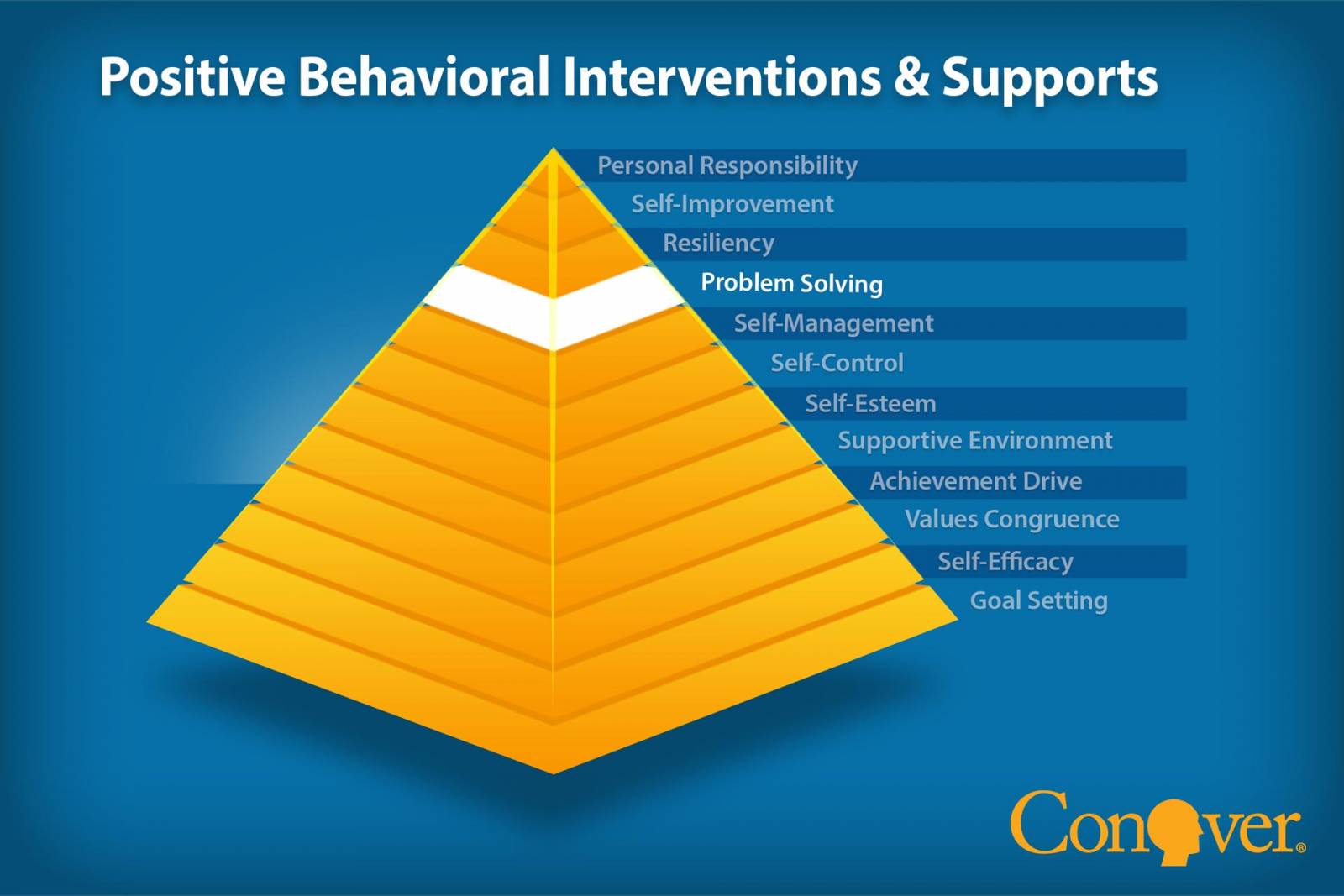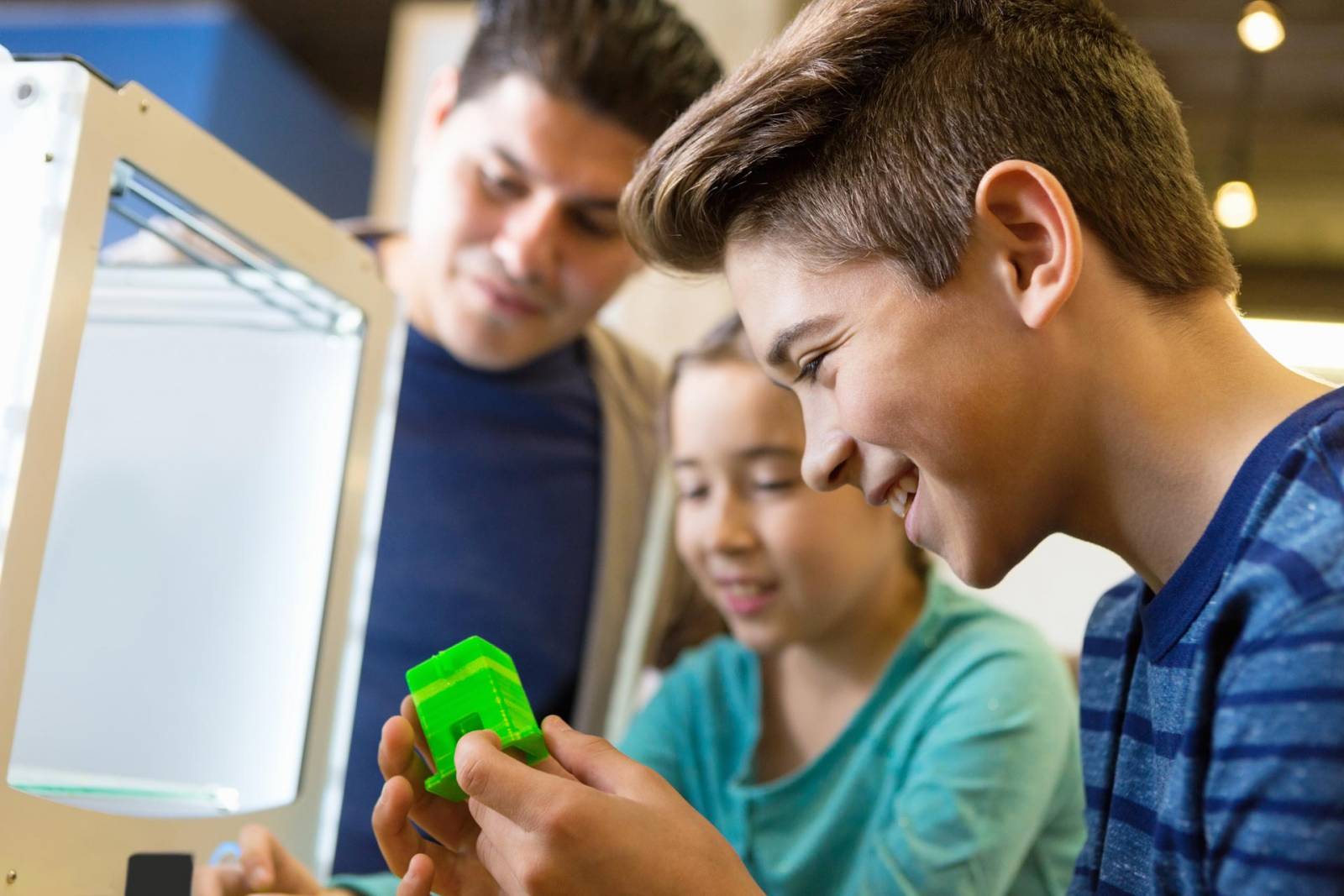
Problem solving is the ninth scale of our Personal Responsibility Map®, which is our core assessment for goal setting and self-determination. Problem solving is the ability to work through problems and use thinking skills to arrive at good goal solutions. Positive Behavioral Interventions and Supports (PBIS) is a term used to describe the proactive approach to establishing the behavioral supports needed for students to achieve social, emotional, and academic success. This definition brings together the worlds of academic instruction and behavioral intervention. In order for PBIS to be implemented successfully, the staff in a school must use problem solving to solve academic and behavioral issues for students. But, just as problem solving is a critical skill for staff in the PBIS process, it is equally important for students.
Problem Solving is Not Decision Making

An important part to understand about problem solving is how problem solving is different from decision making. Webster’s New World Dictionary defines a problem as a question that needs a solution. Solution is defined as the act of solving a problem. When we compare problem solving to decision making, what we find is that problem solving comes before the decision-making process.
Problem solving means being forced to make a decision about things beyond one’s control. Decision making means to choose to make a decision because you wish for something to happen that is not currently happening. Decision making happens because you want something to happen. Problem solving happens when it becomes clear that there are unsettled or unresolved questions.
Decision making follows problem solving. Once possible solutions are identified, the decision-making process kicks in to decide how to choose the best solution. Decision making means “a final choice.” Decision making puts the problem-solving process to work.
The Problem Solving Process

In our problem solving skill intervention system, participants learn the following five-step process for problem solving:
Step 1: Find the problem.
Step 2: Define the problem.
Step 3: Describe the problem.
Step 4: Diagnose the problem.
Step 5: Test the diagnosis.
Once the student understands and can use this problem-solving process they can begin to learn our four-step decision making process:
Step 6: Decide on a plan.
Step 7: Use the plan.
Step 8: Test the results.
Step 9: If needed, adjust your problem-solving plan.
If you want to learn how our system can help you implement our problem solving process in your PBIS program click the free trail link below.
